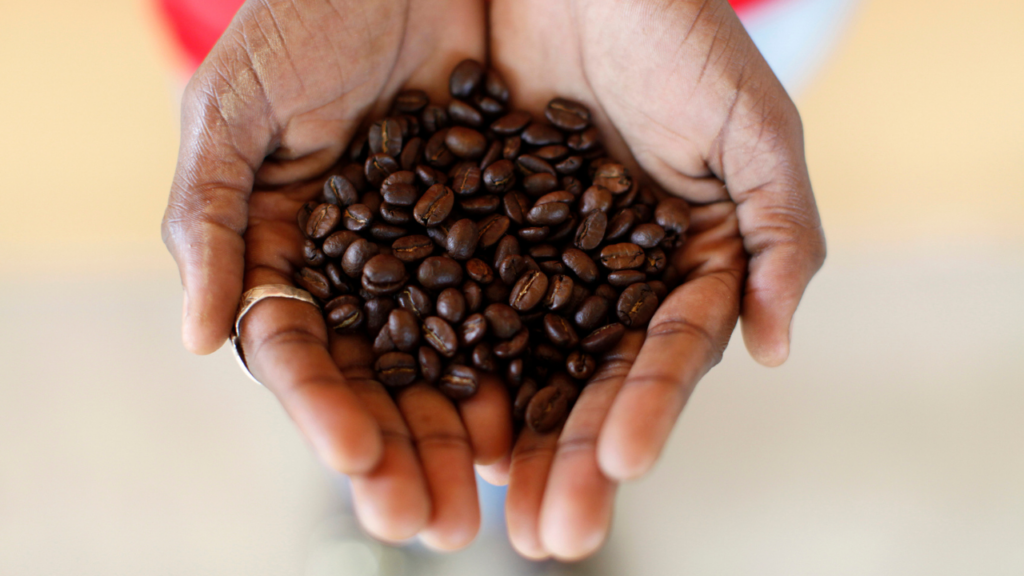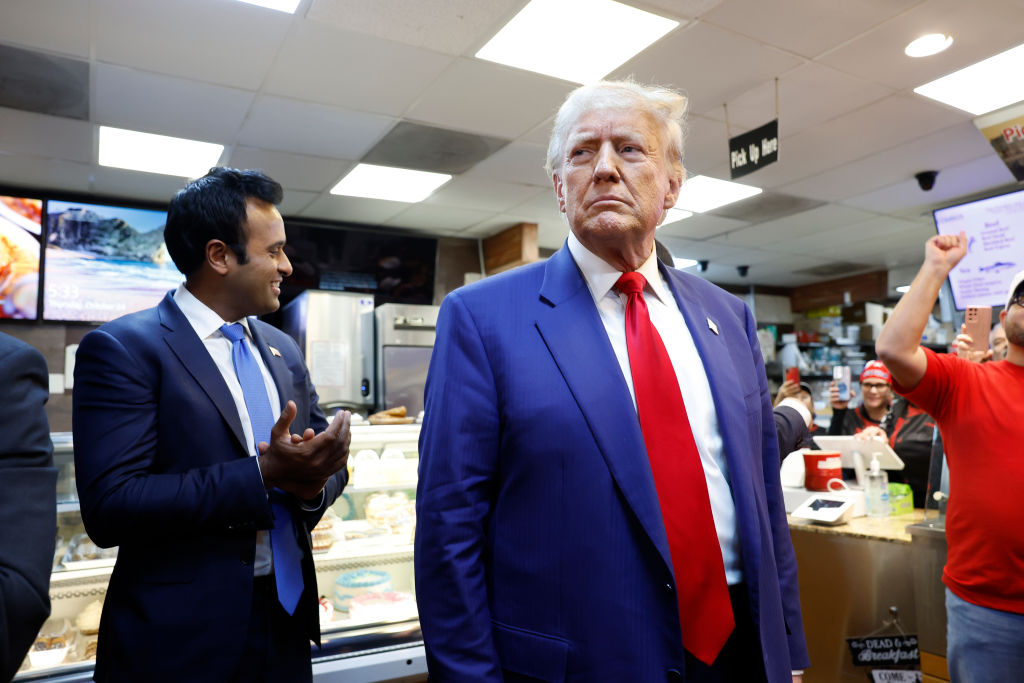If you’ve been keeping up with the news lately, you’re likely already aware of the looming threat that tariffs pose to the American economy. Newly inaugurated President Donald Trump has made his economic policies regarding tariffs abundantly clear in the last several weeks, doubling down on claims that he’ll tax goods from Canada, Mexico and other foreign nations by up to 25 percent. Now, the Trump administration has entered into a public dispute with the government of Colombia, threatening a full-on trade war with the country if their government refuses to play ball with the United States’ latest mass deportation measures. The whole situation is fairly baroque, but it has average American consumers in a panic regarding their daily purchasing habits.
As this story develops, it only makes sense to unpack exactly what items may see massive price hikes or shortages in the coming months. Luckily, we’ve got you covered, with a comprehensive look into what the United States imports from Colombia, as well as the cause of this entire international debacle. It’s only been a week since Trump has retaken the reigns at the Oval Office, meaning incidents such as these have the potential to become the new normal for the foreseeable future. Without any further preamble, let’s unpack the full Colombia situation, and see what we can learn about our financial future, our international relationships and what’s on our grocery shelves.
What Are the Main Commodities From Colombia?

Coffee lovers surely know that high quality coffee beans are among Colombia’s greatest export, accounting for nearly $2 billion in annual trade deals with the United States alone. The South American nation is one of the planet’s top coffee exporters, behind only Brazil and Vietnam respectively. Though Colombian coffee is shipped all over the world, totaling over 1.5 billion pounds of product per year, the United States is one of the nation’s top economic partners, meaning a trade war would bring disastrous consequences for both nations. It may shock you to know that coffee isn’t actually Colombia’s number one export to the States either, as it comes in a distant second to crude petroleum.
Per a report from the Observatory of Economic Complexity, Colombia imported $6 billion in crude oil and petroleum related products to the U.S. in 2022 alone, accounting for nearly half of the country’s overall export budget. In total, Colombia is estimated to send more than $15 billion in goods to the U.S. each year, with additional commodities such as cut flowers, raw gold and bananas rounding out the top five. Conversely, the United States ships back some $2.5 billion in unleaded gasoline, $2 billion in planes and aircraft parts and other commodities including corn, smartphones and various medical supplies. Suffice is to say, the two nations share a long and prosperous bond, which aids hundreds of millions of people on a daily basis.
What Caused the Calls for a Trade War?
Tensions between Colombia and the United States reached a fever pitch earlier this week when Colombian President Gustavo Petro refused to accept two military aircrafts packed with South American migrants into his country. Per reports, Petro’s administration took issue with the treatment of the deportees aboard the plane, specifically citing the manner in which the passengers had their hands bound together. Likewise, humanitarian groups have expressed concerns regarding the Trump administration’s voracious pursuit of illegal immigrants, which has seen ICE raids infiltrating hospitals, schools and other public spaces in recent weeks. The planes containing the migrants were already in the air and en route to Colombia when Petro turned them down, causing the pilots to scramble for a backup plan.
Donald Trump responded with a characteristic blend of petulance and fury, asserting that the Petro administration would face massive economic backlash for their refusal to bend to America’s new stringent deportation policy. Trump specifically threatened to place an immediate 25 percent tariff on all imports from Colombia, before adding that he’d bump that figure up to 50 percent if Petro didn’t bend by the end of the week. The U.S. commander in chief also expressed interest in revoking travel visas from fully legal Colombians within the nation, and enacting a full-blown travel ban from the nation until Petro and his team fall in line. While it’s unclear just how many of these threats could result in immediate action, Colombian officials decided not to risk it and ultimately allowed the planes to land in Bogotá.
What’s Next for U.S. Colombia Relations?

Though many Colombian officials were not happy with the way these events shook out, we can likely all agree that the aversion of a full trade war is a net positive for all parties. Still, Colombian Foreign Minister Luis Gilberto Murillo and Ambassador Daniel García-Peña have announced plans to head to Washington, D.C. in the coming days in order to hammer out a more amenable solution to Trump’s mass deportation plans. POTUS and his supporters have hailed the entire affair as a sign that their strong-arming tactics are working on an international scale, emboldening Trump to push his tariff plans on other nations in order to exert financial pressure. Opponents of the current administration fear that Petro’s choice to give in has set an unfortunate precedent, especially as ICE raids and other anti-immigrant conduct becomes the norm within the U.S.
